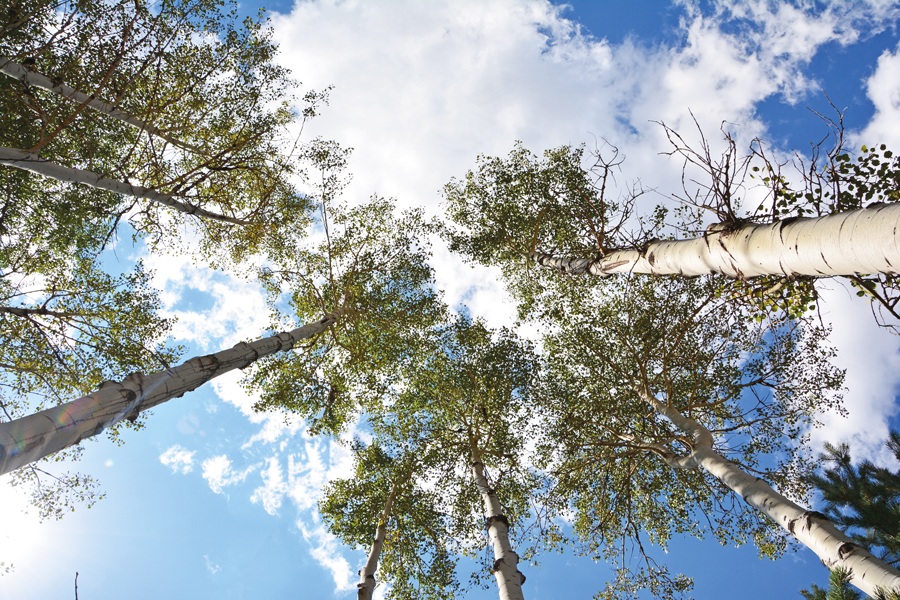December is one of those months that seems to creep up on you, one minute we are thinking about autumn colours and falling temperatures in the garden then, before we know it its Christmas. There used to be a common view that December is the time to ‘put the garden to bed’, now, whilst the pace of growth and the amount of activity in the garden slows down the garden never actually hibernates and there is never nothing to do. Our attention is however more directed towards tidying, cleaning, planting and preparing land for next year.
One of my favourite jobs in the garden is taking cuttings. There is a certain satisfaction when you take a part or several parts of a plant and make new ones. Maybe it’s due to the fact that I am born and bred in Yorkshire and like to get my money’s worth. The great thing about propagation is you can take cuttings more or less throughout the year, young fresh softwood cuttings in late spring early summer, semi-ripe cuttings in summer and into autumn and late autumn early winter hardwood cuttings. In-between all these there’s layering, root cuttings, eye or bud cuttings, offsets and leaf cuttings. Hardwood cuttings can still be taken now although it is best to choose a mild day and complete it before the end of the month. Most trees and shrubs, and indeed fruit bushes can be propagated in this manner. Depending on the plant try to use strong healthy shoots between 8 & 10 inches long (20cm to 25cm) ideally the thickness of a pencil. If your plant does not have shoots this size then choose material that is strong and healthy and give it a try. Remove the soft tip of the shoot making a sloping cut just above a bud, at the base make a straight cut just below a bud. Prepare a trench in a sheltered part of the garden, a corner of the vegetable garden is good although an area of the flower border that has good soil and is not waterlogged is fine. Dig a small trench with one straight and one sloping side, sprinkle a little river sand ( about 2 inches (5cm ) in the bottom, push the prepared cuttings into the sand so that about two thirds of the cutting will be below soil level and fill the trench firming the soil gently against the cutting, space the cuttings about 4 to 6 inches (10-15cm) apart. The cuttings will take a little time to root, but in late spring of next year you should see small shoots developing, leave the cuttings until next autumn at which time they can be planted out or grown on for another year in a pot or border. Philadelphus (Mock Orange), Buddleja (Butterfly Bush), Forsythia, Ribes (Flowering Currant), Roses and soft fruit such as Gooseberries, Red, White and Black currants. Most deciduous trees can be propagated in this way too.

■ Poplar
There are certain trees that are best pruned this month especially those that are prone to bleeding. Bleeding is where sap leaks out from the cut stem or shoot and is particularly troublesome in the following groups, Maple (Acers), Birch, Hornbeam, Walnut, Laburnum, Magnolia, Poplar, Lime and some vines, particularly those in the genus Vitis. The pruning process is dependant upon the age and stage of growth, for example if the plant is only a few years ( 2 – 5 years old) then it is likely that the pruning is to create a nice shape, and to remove any dead or damaged branches, older specimens may require more extensive pruning to remove over congested growth and encourage new shoots. Many of the shrubs common in our gardens can be pruned at this time of year but take care and check the flowering time as those that flower in spring do so on the previous years growth. If you need to prune these species, thinning the branches rather than cutting them all down will ensure that at least some of the flowers will be saved for next spring.
The structures and fences in our garden generally receive little attention throughout the growing season and its a good time of year to check posts and timber to make sure they are secure and treated with a suitable wood preservative. There is nothing worse than hearing a forecast for strong winds and seeing your wobbly fence dancing around the garden.
Next month, preparing beds and borders for new planting, keep an eye on the lawn and recycle that Christmas Tree.
Happy gardening,
Martin







